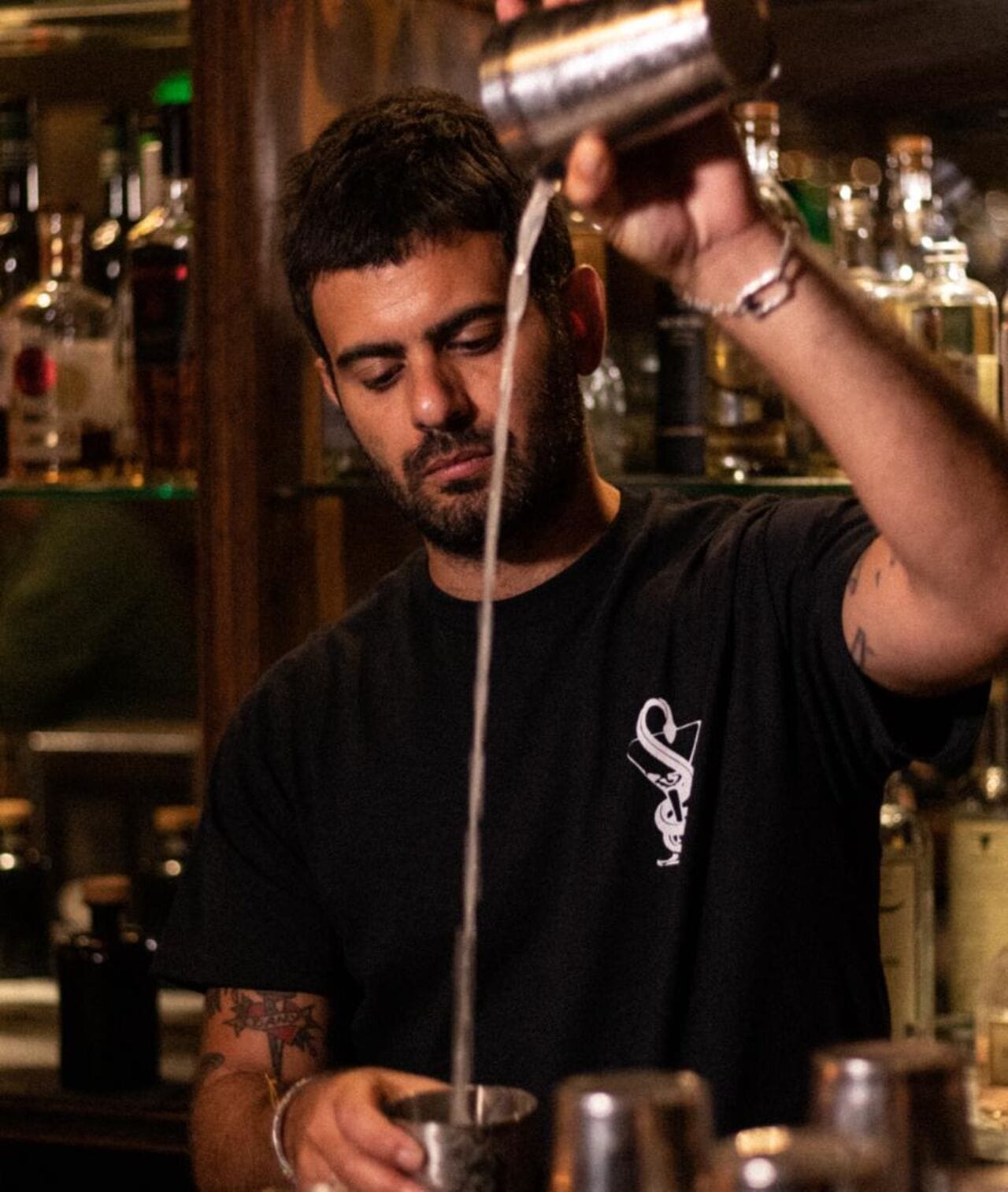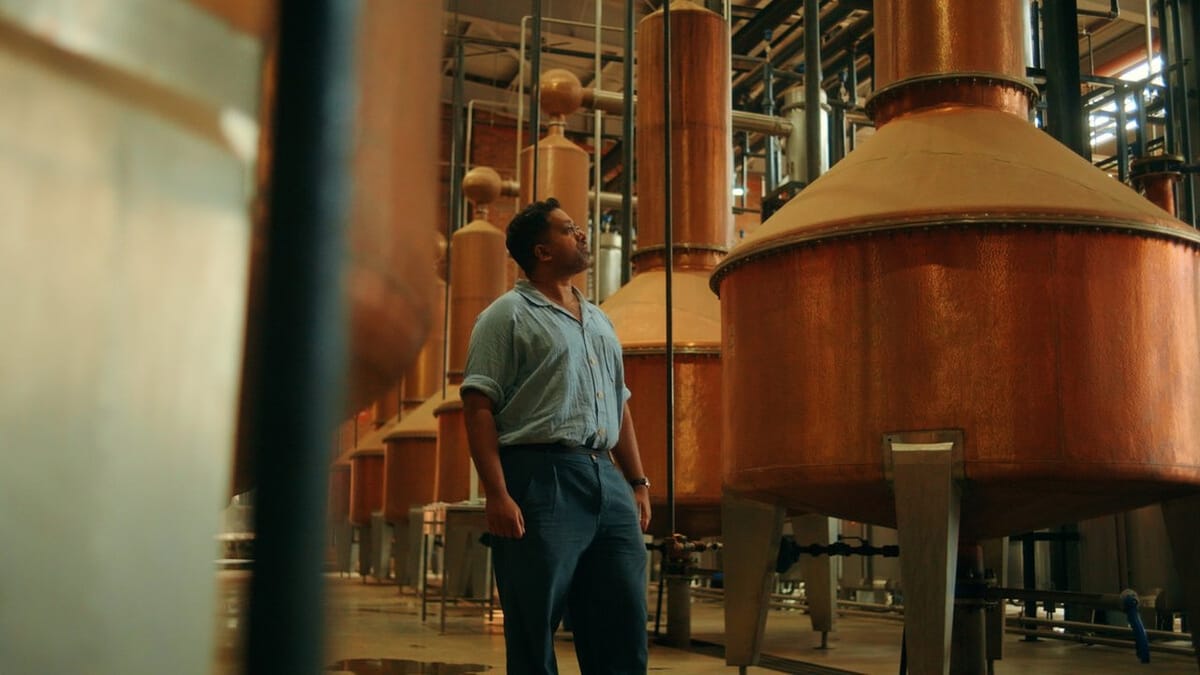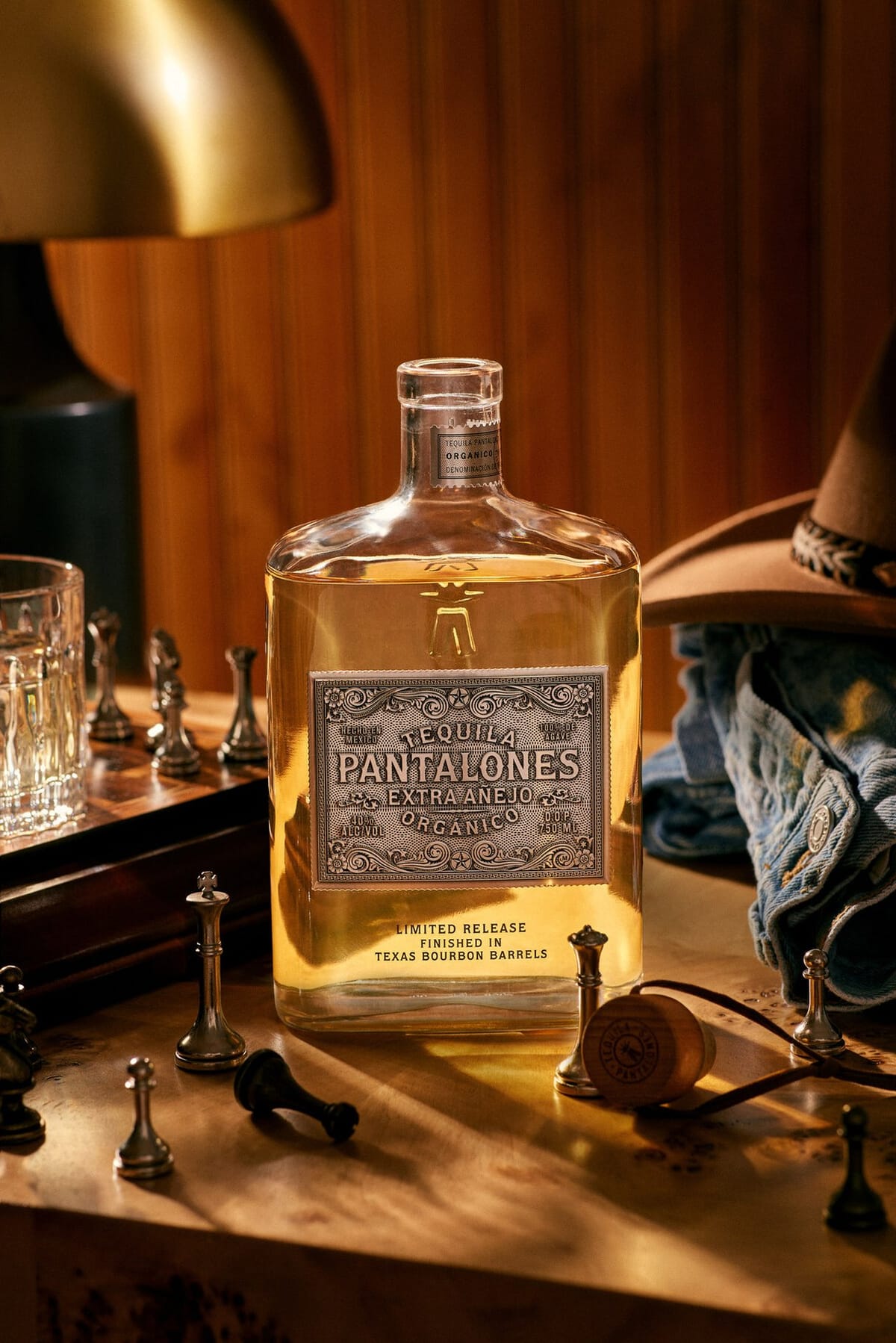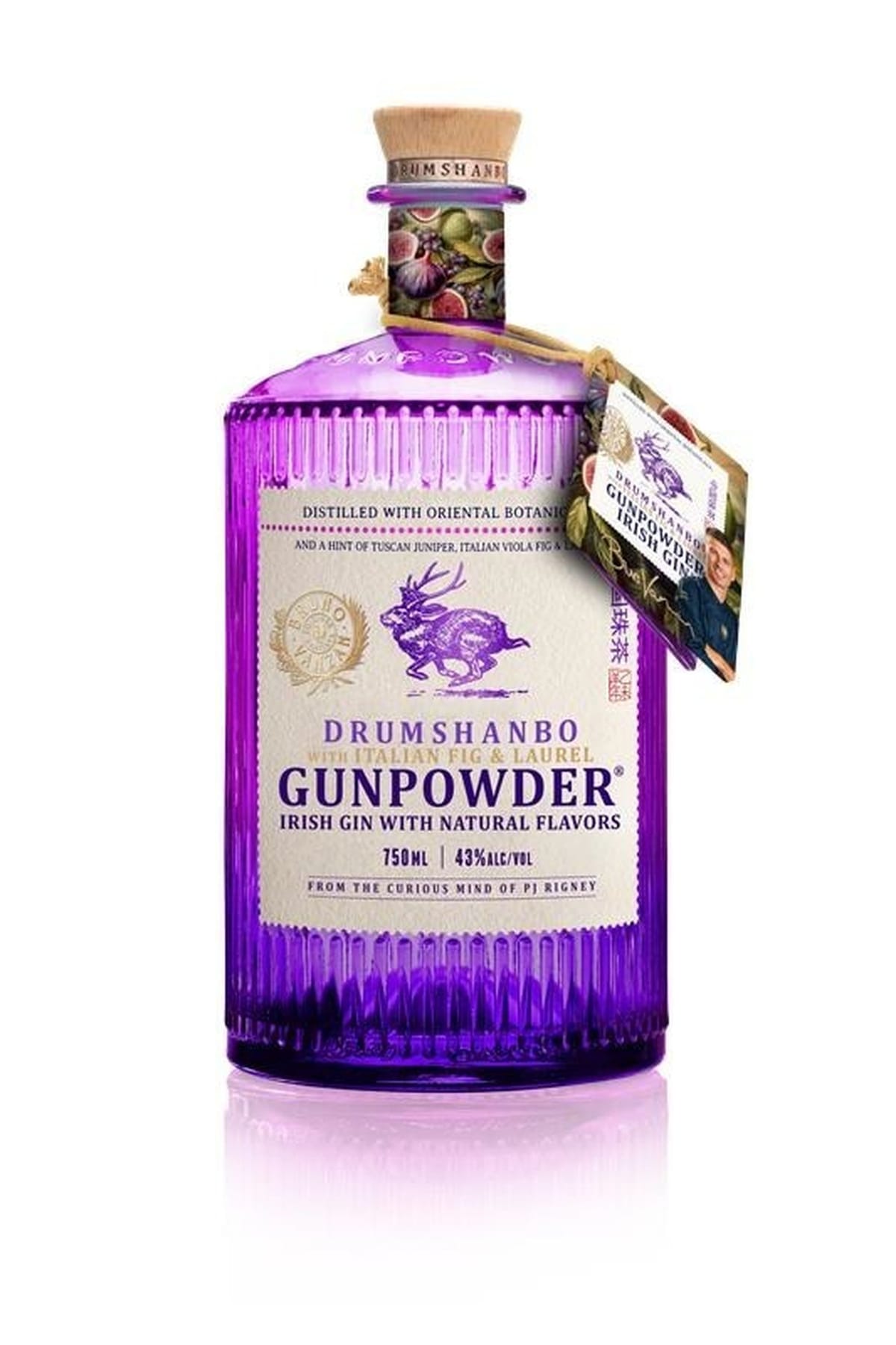Minore: Hugo Combe opens a new bar!
Minore is the newest concept from Michelin-starred chef Katsu Okiyama (Abri) and Hugo Combe, co-founder of Classique. With the bar now open, Hugo reveals its vision and explains how the kitchen will inspire the cocktail recipes.
A restaurant and a cocktail bar, independent from one another.
Minore is a partnership between Chef Katsu Okiyama, the owner of the now-closed Michelin-starred restaurant Abri, and me (editor’s note: I’m a bartender, Hugo Combe).
Katsu and I had collaborated during a pop-up event, and on that occasion, he became interested in what I was doing, knowing that I was one of his customers. Later, we met again and gradually became friends. The idea of working together came about naturally. It was a true meeting of colleagues from two different fields.
For Minore, I wanted a name that, like Classique, worked in both French and English. It comes from the verb “minorer,” meaning to downplay something serious. And in Japanese, it sounds like “minoré,” which means maturity and fertility (also referring to fruits and vegetables). We play with this double meaning.
We aim to provide, under one roof, an ambitious style of cuisine—no small plates—featuring a single seasonal menu, alongside a top-quality cocktail bar. The space is split into two areas: the restaurant has 22 seats, and the bar offers about 10 seats plus a 20-seat terrace.
The two entities operate independently: the bar is not reserved for the restaurant’s guests.
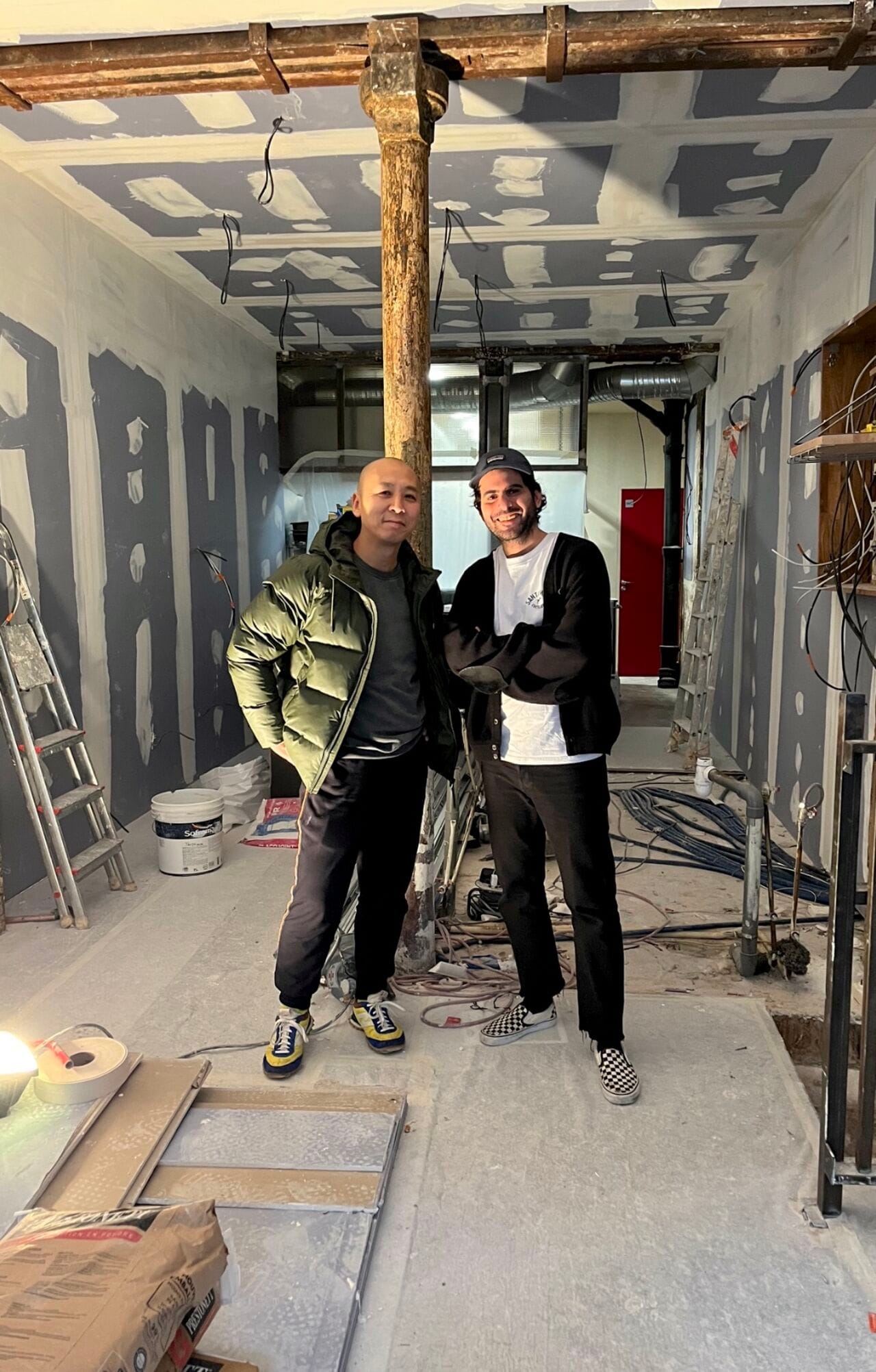
No intention of pairing dishes and cocktails.
The establishment will offer a four-course French menu highlighting the signature elements that Katsu loves. He is in charge of creating the recipes and will work in the kitchen on certain days, aided by a talented and experienced team.
I didn’t want to commit to a dish-cocktail pairing concept, because it’s not my style. You can certainly create great recipes that way, but in those cases, the cocktail is treated as an accessory to the dish and rarely stands on its own. The restaurant will offer food-and-wine pairings and, depending on the menus, perhaps a cocktail will replace a wine, but that’s not the venue’s philosophy.
We’ll start by opening five days a week, evenings only. Once everything is in place, we’ll expand our hours, possibly with a sixth evening, and eventually lunch service. That will take a bit of time, but we should be able to serve lunch when the weather gets nice, starting around mid-June.
The bar will also serve a few small kitchen-prepared plates—simple yet refined—to enjoy with a bottle of wine or a few cocktails.
The atmosphere will resemble a Parisian bistro, with a slight industrial New York flair and special attention to music (mostly italo-disco later at night and “new age” jazz earlier on).
Minore will remain open—after the restaurant closes—until about 1 or 2 a.m., still operating as a cocktail bar.
A different cocktail menu from Classique and its Cépages menu.
The goal is certainly not to take ideas from one place and apply them to the other, although, of course, my preferred flavors will be present. Consequently, the cocktail menu will differ from what we offer at Classique, particularly our new Cépages menu.
Classique is a cocktail bistro, and because we’ve always had a rotating selection of natural wines, the team began incorporating wine in cocktails from time to time. Over time, the idea of following that path took hold, to the point of deciding to make it our new hallmark. Natural and organic wine have really found their place among consumers—especially in big cities—but they hadn’t yet made their way into cocktail bars.
In practice, Cépages features 10 or 11 cocktails on the menu. Each recipe uses a distinct grape variety treated in a different way (distillate, emulsion, cordial...). This menu is meant to evolve, particularly with the seasons. However, its guiding principle will remain the same. In fact, it’s simply our new way of working. The idea of pairing one or two spirits with a particular grape variety is a really exciting approach.
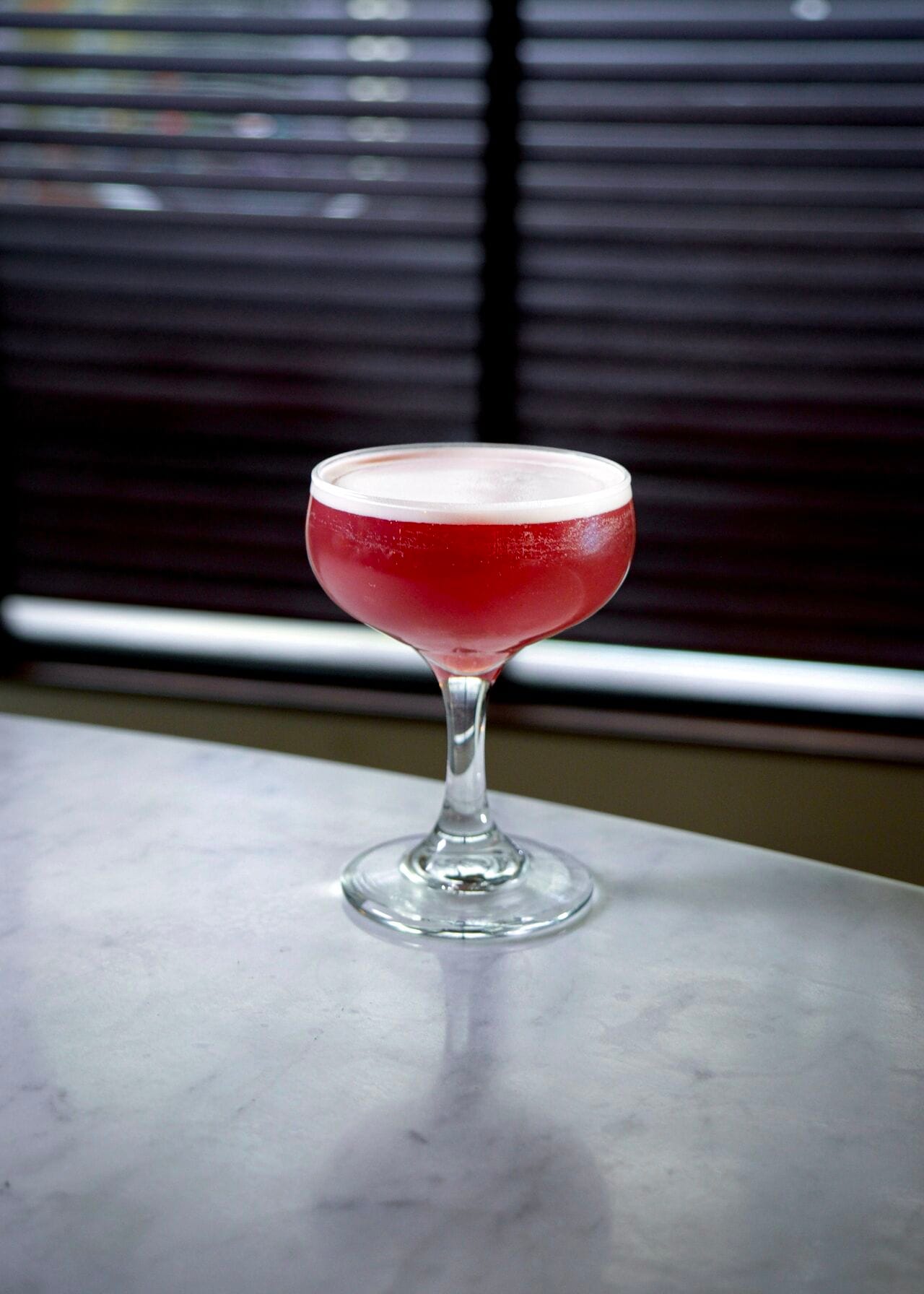
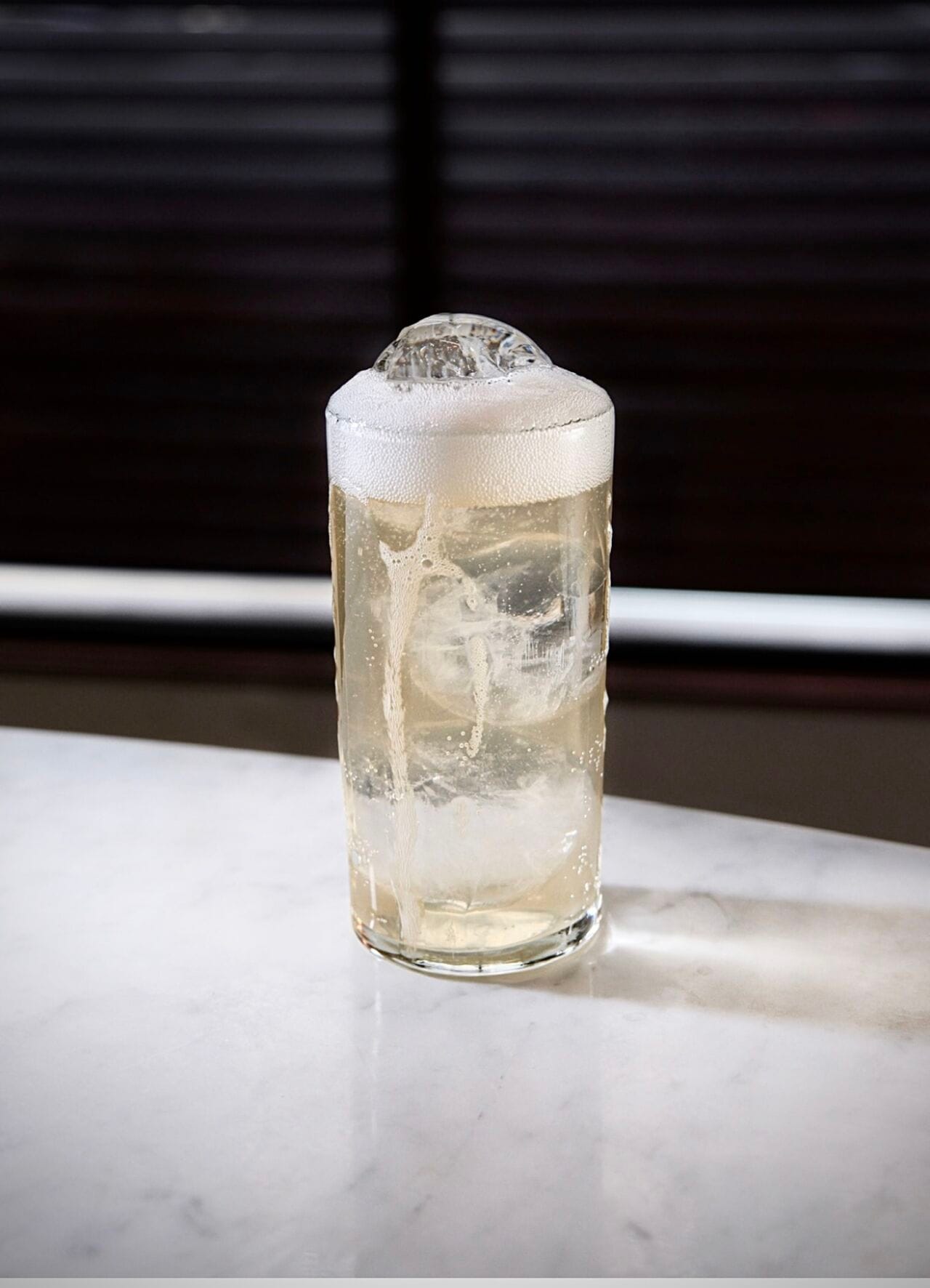
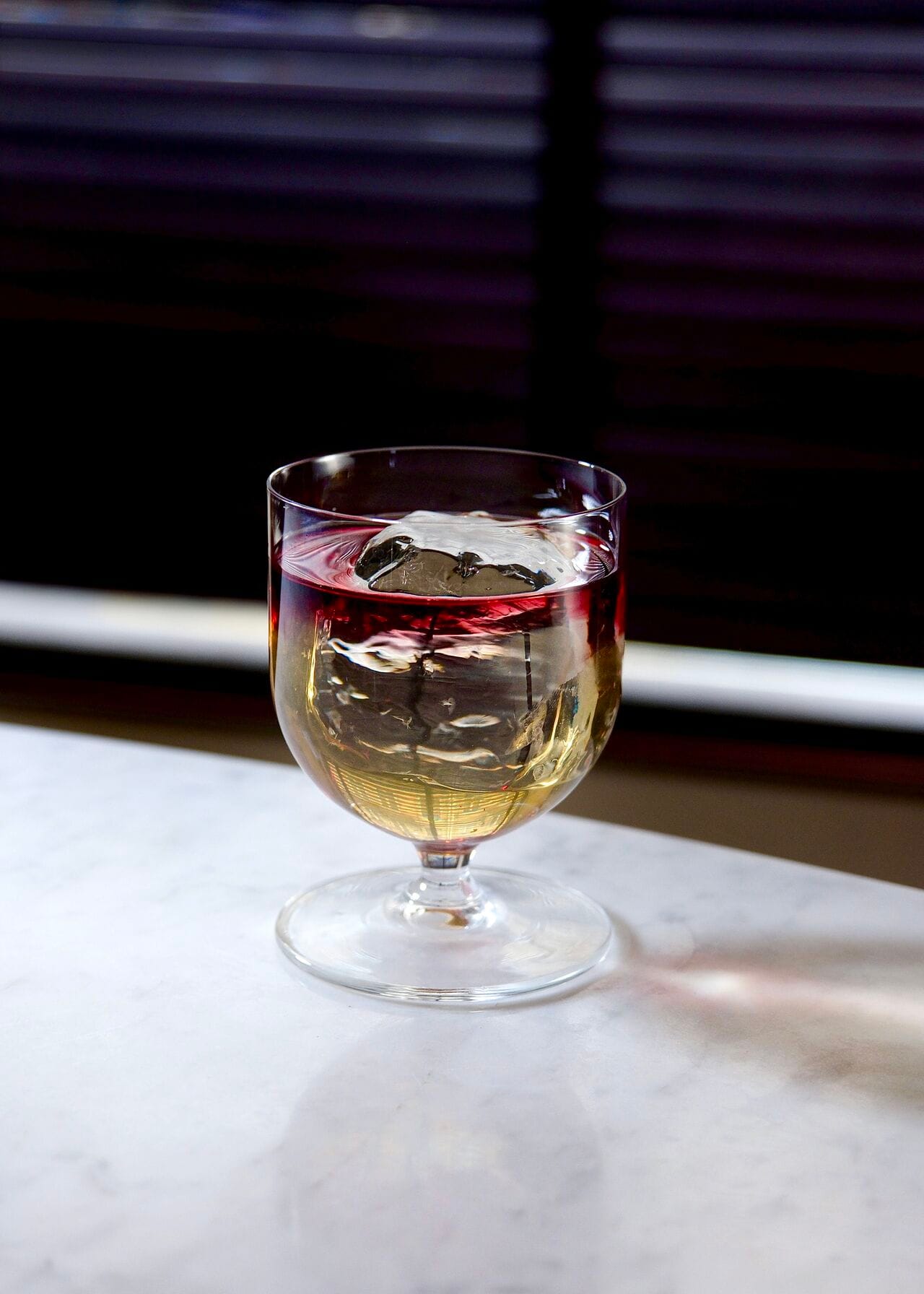
Gamay Sour, Muscadet Collins and Merlot Milk Punch, Classique (Paris)
Cocktail recipes in interaction with the kitchen.
The cocktail menu at Minore will be fairly short but ever-changing: between six and eight cocktails that will be updated regularly, depending on the seasons or our mood.
The cocktails will lean toward a Japanese style, using Japanese whiskies, shochu, and umeshu, but especially embracing very clean, delicate flavors with no garnish and minimalist glassware.
The launch menu will be that of a cocktail bar, but as soon as the kitchen opens, it will need to be reconfigured. In fact, the challenge is to use the kitchen’s ingredients efficiently. We’ll reuse a lot of fats—because we’ll have some downright delicious ones—for spirit fat-washing. We’ll also recycle scraps, leaves, and citrus peels for cordials, syrups, or infusions.
Katsu is sharing cooking techniques with me that can apply to cocktails, and vice versa. As a result, there will be a real synergy between the kitchen and the bar to create a virtuous cycle, from ingredient sourcing to sustainability, along with a dynamic exchange of techniques.
Minore: 4, avenue Trudaine; 75009 Paris
Bar opening (without kitchen) on Wednesday, February 21 at 6 p.m., with the restaurant opening in early March.
Classique: 1bis, rue Lallier; 75009 Paris

